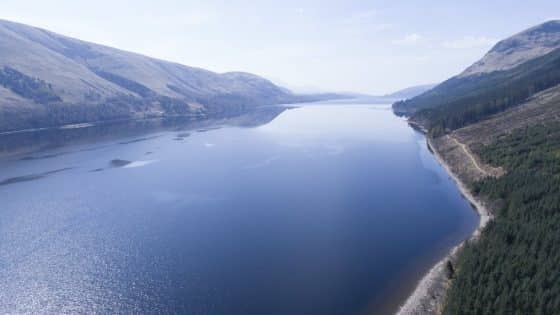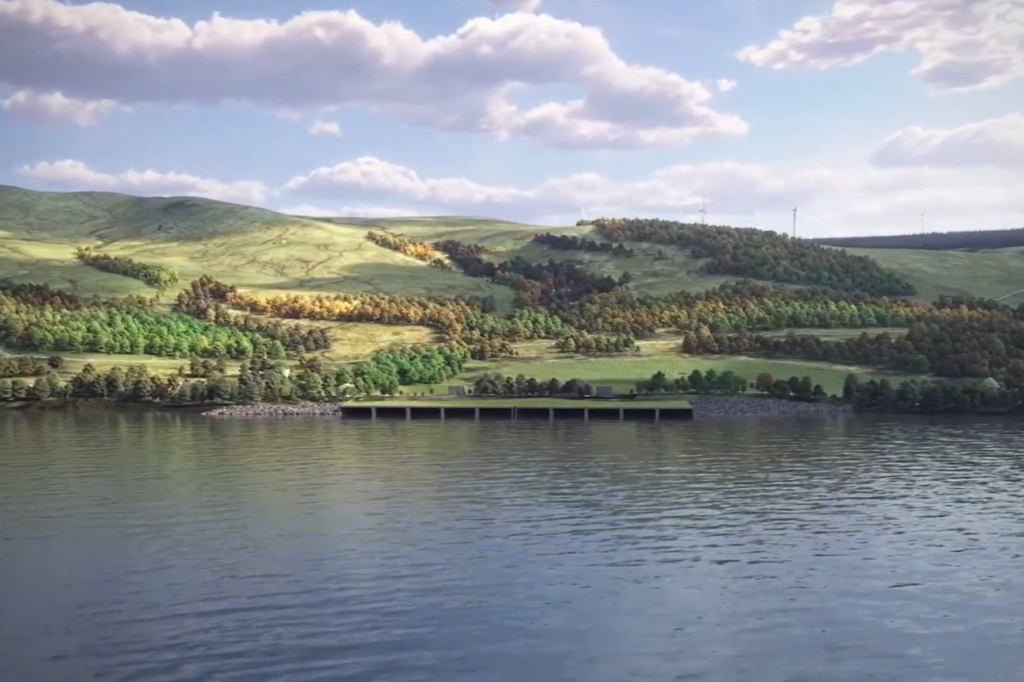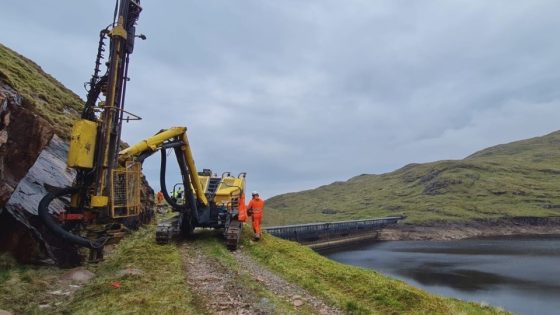SSE commits £100M to advance design of planned Coire Glas pumped hydro storage scheme

This post was originally published on this site

Energy firm SSE is to invest £100M to further develop plans for a major hydro electric project in Scotland, although the final investment decision on the scheme is not expected until next year.
Located on the shores of Loch Lochy, between Fort William and Inverness, the Coire Glas project is expected to require a capital investment of over £1.5bn to construct and, if approved for final delivery, would be the first pumped hydro storage scheme to be built in the UK in 40 years. The last project in the UK was the Dinorwig site in North Wales.
The project, which received planning consent from the Scottish Government in 2020, would also more than double Britain’s total current electricity storage capacity.
SSE said that the £100M investment will fund the next phase of detailed project design and refinement, construction planning and procurement will progress through 2023 and into early 2024. Around half of the £100M development investment will now be allocated to the pre-construction refinement phase of the Coire Glas project, including a comprehensive package of site investigation works which have now commenced and will complete later this year.
These include the construction of a major exploratory tunnel to enable the project team to fully assess the geological conditions that will be encountered in constructing the scheme.
Speaking at NCE’s Tunnelling Festival late last year, Cowi managing director Andy Sloan described the Coire Glass project as the start of a renaissance of pumped hydroelectric projects in the UK.
“The creation of the facility will dramatically increase our [the UK’s] ability to store energy and it will reduce reliance on overseas energy supplies,” he said.
There is 550m of head difference between the Coire Glass reservoir behind the planned 92m high dam, which will retain 26,000m3 of water and feed into the 700m vertical shaft into the manifolds and turbine hall. There will be 67 tunnels and underground structures with a total length of 18km, plus a 6km cable tunnel to connect the power station to the grid.
“It is on a scale we haven’t seen in the UK for many, many years,” said Sloan. Nonetheless, despite the remote location he said that a lot is known about the high grade metamorphic rock that the tunnels and caverns will be driven through. According to Sloan, the collapse of the Glendoe tunnels on another SSE project a lot more is now understood about the ground conditions and risks.
Sloan also confirmed that ground investigation started earlier this year to develop the geotechnical baseline report.
Sloan predicted that construction will take six to seven years.
Once complete, Coire Glas would be capable of delivering 30GWh.
Nonetheless, despite committing £100M to further development of the project, SSE has said that it will not finalise the plans until the UK government makes a decision on how it intends to financially support the deployment of long-duration electricity storage, as set out in last year’s British Energy Security Strategy.
In a statement, SSE said: “This could include the introduction by the UK Government of a ‘revenue stabilisation mechanism’ in the form of an adapted Cap and Floor scheme to support investment in long-duration storage. This would also be alongside broader consideration of how the electricity market, including the Capacity Mechanism and the Flexibility Markets, value the contribution of low carbon flexible assets such as pumped storage.”
News of SSE’s planned investment was made as Scottish Government net zero and energy secretary Michael Matheson visited SSE’s Pitlochry Dam and Hydro Station yesterday. During the visit, Matheson said: “Today’s announcement is a significant and important milestone on the journey towards delivering the Coire Glas project. If built, Coire Glas will more than double Britain’s long duration electricity storage capacity – allowing the grid to more flexibly deploy renewable electricity. The Scottish Government has long been supportive of pumped hydro storage capacity, which we believe will play a key role in the energy transition and is a vital component of a more flexible, resilient and secure electricity supply.
“However, it is critical that the UK government puts in place the appropriate market and regulatory arrangements to support the industry’s development as a matter of urgency. Only with a supportive policy environment can this sector realise its full potential.”
SSE finance director Gregor Alexander added: “While Coire Glas doesn’t need subsidy, it does require more certainty around its revenues and it is critically important the UK Government urgently confirms its intention on exactly how they will help facilitate the deployment of such projects.”
Like what you’ve read? To receive New Civil Engineer’s daily and weekly newsletters click here.





Responses